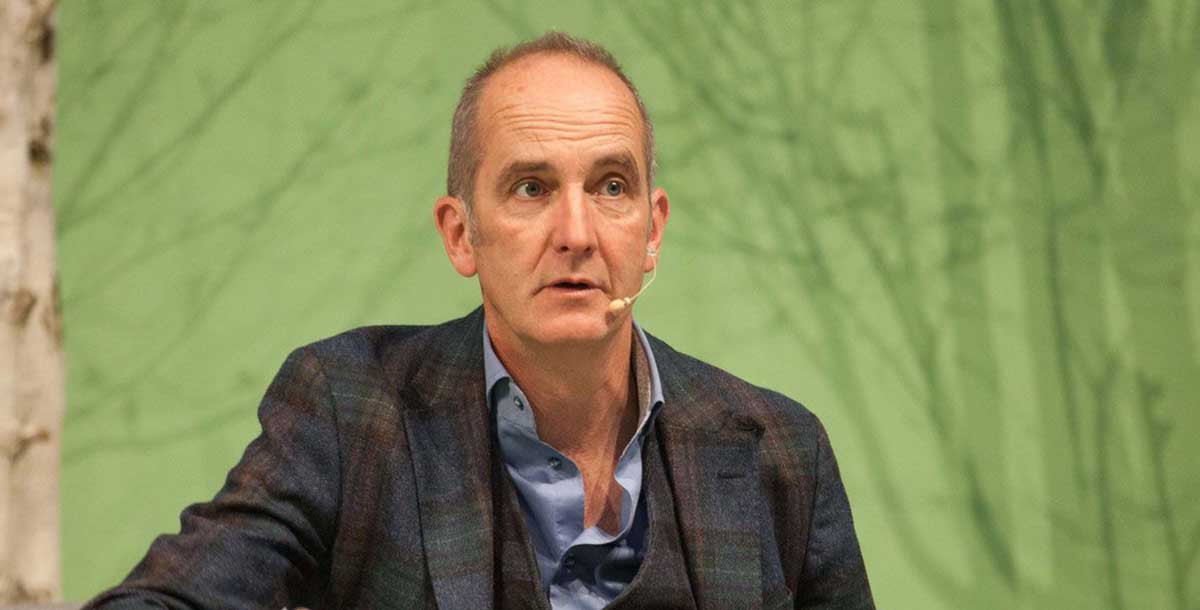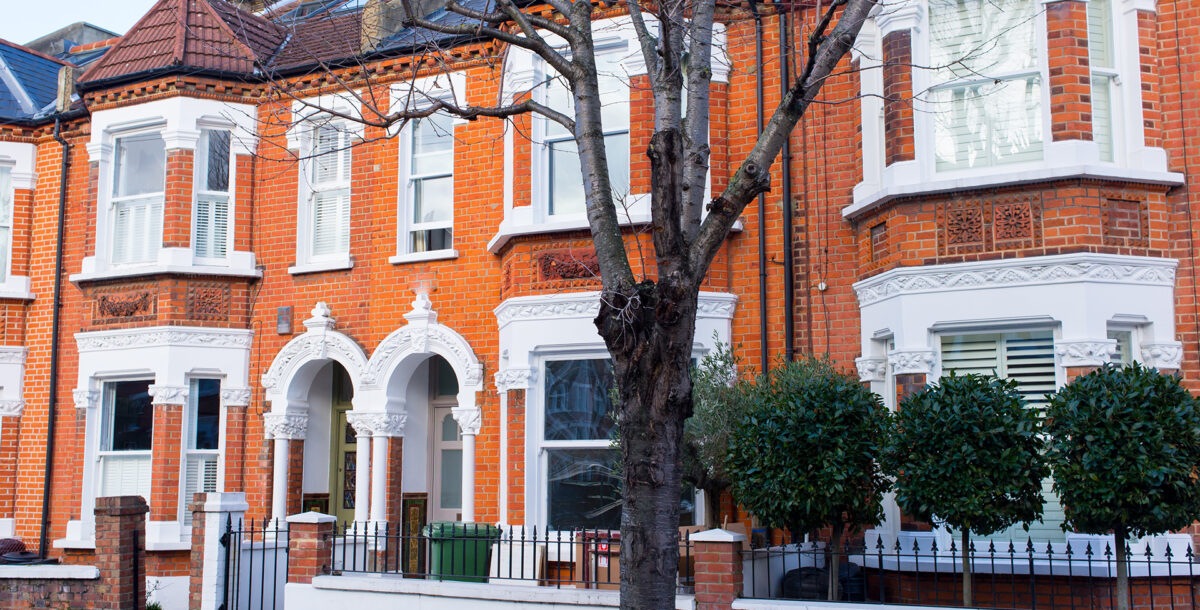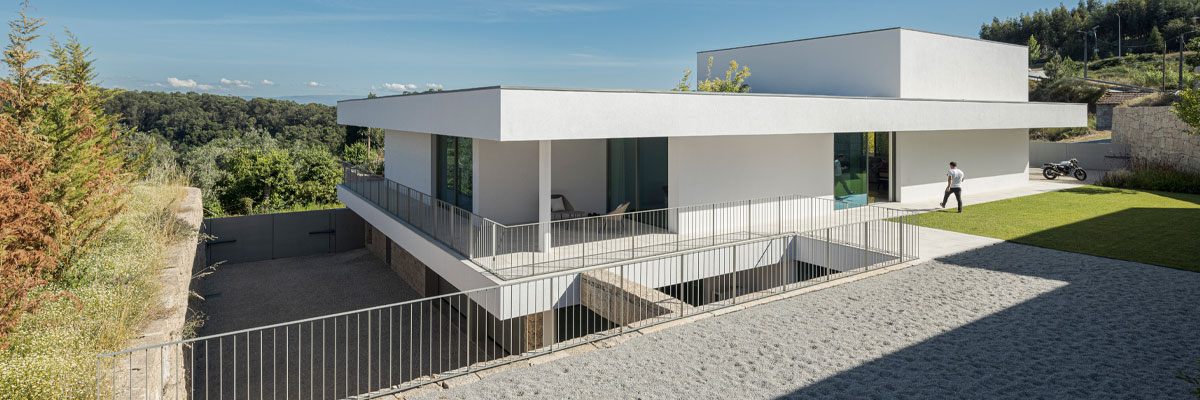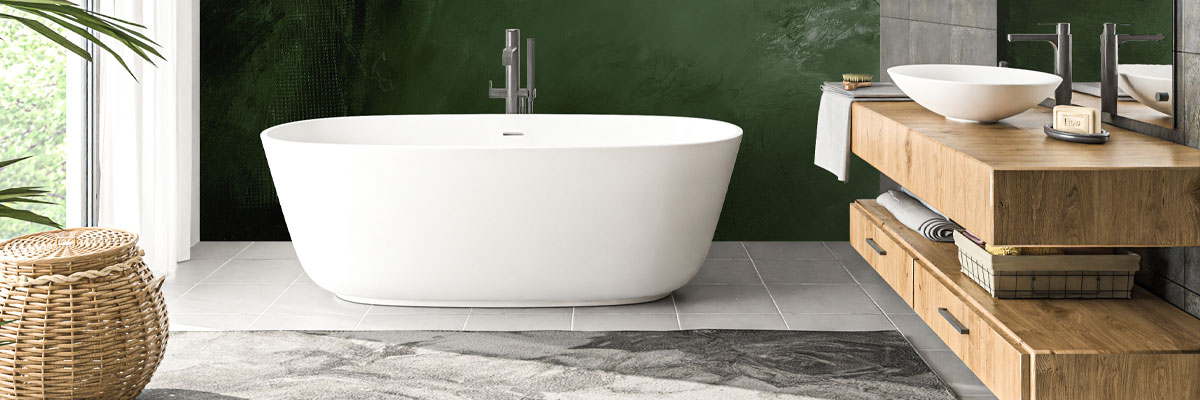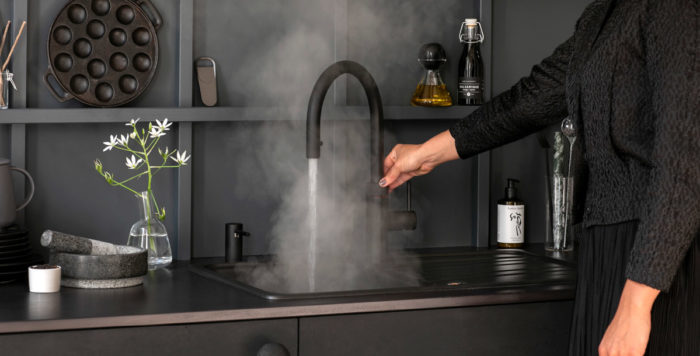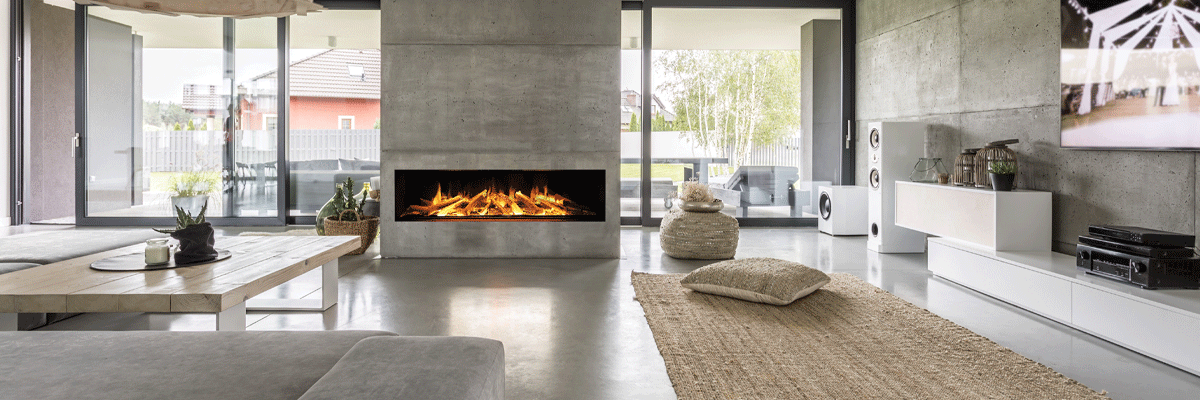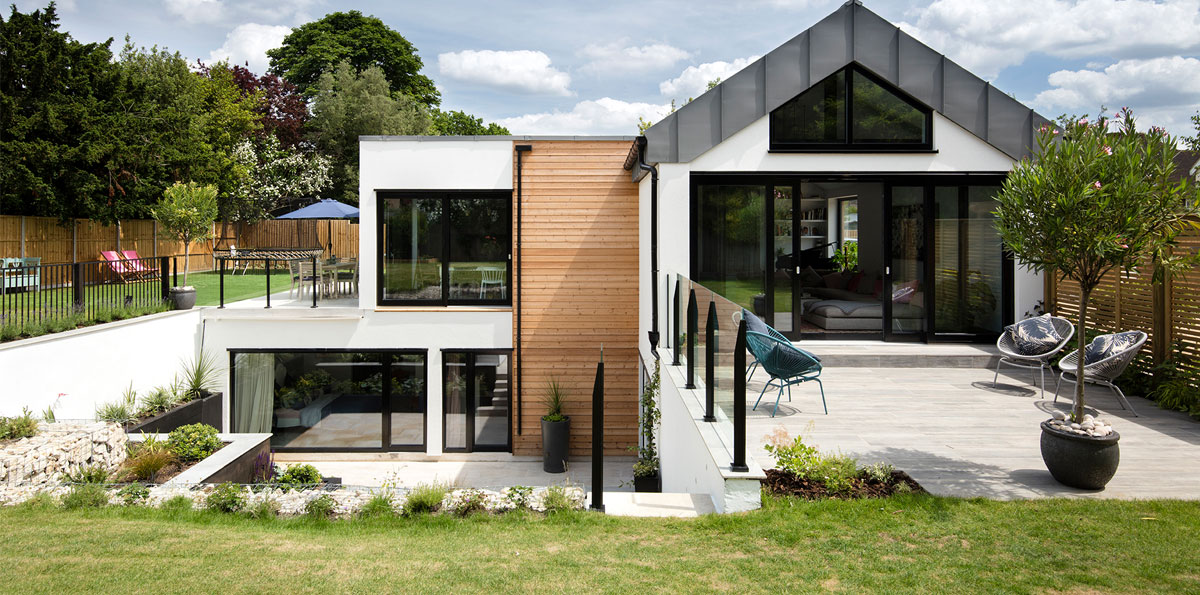Kevin McCloud on urban infills, cohousing and Grand Designs Live
Kevin talks self building innovations, his favourite eco-friendly products and Grand Designs Live
Tells us a little about this year’s Green Heroes
I am chuffed with this year’s selection! My Green Heroes are never just green products, they need to be beautifully designed, and have something about them which lifts the product, and make them a great piece of design.
This year we have a fantastic set of products including a fabric made from recycled cassette tapes. I love this, as it takes on a beautiful ethereal quality when woven, it has an amazing texture.
How can Grand Designs Live’s Plastic Free campaign educate visitors to become eco-friendly at home?
The short answer – we get a huge number of visitors to show, and there is no better place than alive event to launch an initiative so important than at a public event. We’re very excited to bring as many people as possible to the stage (and in the audience) to promote the initiative to all.
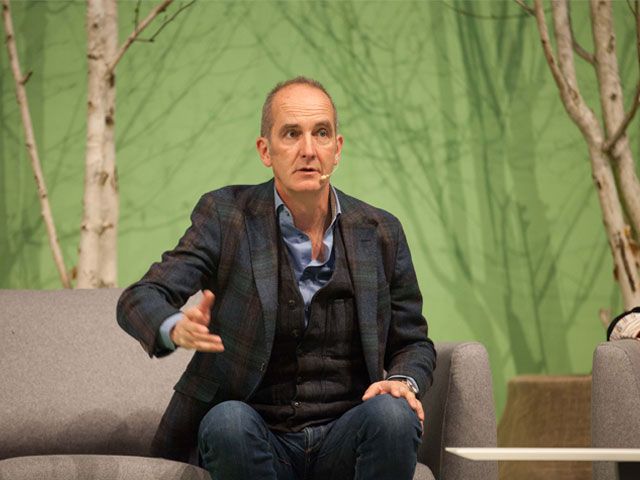
Photo: Media 10
What are you most excited to see at Grand Designs Live this year?
I always love to see the Green Heroes when they all come together as they are my babies. I’m also, very excited to see the Grand Theatre, as we have redesigned the theatre, making it central to the event and give it more presence.
You recently wrote a column on urban infills. Why should self-builders consider urban infills? What benefits does infill architecture have on suburban areas?
We live in the most densely populated country in Europe, and land is at a premium, and if all self builders are going to do is go into the market and compete with small developer to buy land, the chances are they will find this very difficult to do and will probably wind up paying too much for it. However the place where the developer might not consider it possible to build, like using garden or garage space, knocking down an existing bungalow to create a new home, those sorts of plots are relatively easy to come by. These are the clever inventive things to do and can often work out cheaper and are more creative. Generally, the more creative you are in every aspect of your life the cheaper it becomes and the more personal it becomes.
Because of the low-density population of suburban infrastructure companies find it harder to supply as everything from sewerage to cable to electricity and gas has to be brought in, and if we keep sprawling suburbia the costs will rise and the social structure gets more and more strained. If we were to subtly densify suburbia by about 30%, no one would notice. You can maintain the character of the area/location and would also get population density to supply infrastructure.
What tips do you have for self-builders trying to find an urban infill plot?
One of the best tips ever given to me was to buy a bicycle, so you can see over the hedges, or a horse. You can’t see empty plot from the car. So you must get involved, get connect into a local community where you want to move, knock on doors, speak to councils, go to town meetings etc, it’s a very old-fashioned approach but it works. Another, more modern way to do this would be to look at a chosen area on Google earth – this can be a great tool.
To what extent can urban infills solve the UK’s housing crisis without compromising the Green Belt?
I think this question answers itself – we won’t compromise Green Belt, because we are able to Urban infill are. However Green Belt is a loose term we bandy about with abandon – it is often intensely farmed and used for electrics etc.
Elinor and Born Barikor took on the challenge of building Britain’s first hypoallergenic home. What are your favourite features from their healthy home project and why?
The mechanical ventilation and heat retaining unit – I am asthmatic and have one and I love it. It not only filters air and circulates fresh air, it also is relatively low humidity air, and if you live in an older house, the air quality will be poor, and humidity will encourage mould/spores. The most pernicious threat to air quality comes in the form of mould, and the MVHR unit eliminates this.
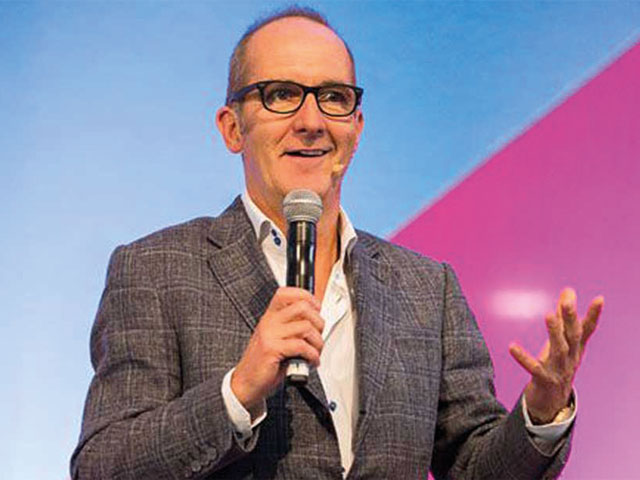
Photo: Media 10
With the news spotlight on allergies and their potentially devastating outcomes, how do you think this will change the way we think about our homes – from build to design?
We are all slightly obsessed with what goes in to our bodies, e.g. organic food, local wines etc. And while we may only eat 3 times a day, we breathe every moment of our lives, so the next big thing will be air quality.
What advice do you have for homeowners looking to make their homes more sustainable during winter?
Simple and relatively cheap things – secondary glaze your windows or add curtains and shutters, insulation your home fully, draught proof everything, and add an extra layer of clothing to yourself!
There’s so much talk about cohousing and the many projects springing up all over the UK. Talk us through the concept and the benefits of this new way of living
I‘ve been Interested in this de for a long time, driving us is the principle of sharing, we can’t save the planet by just building eco-homes, this only tackles some of the issues. We can only make an impact on the earth by reducing our overall global impact in consumption, this is best done by sharing. E.g. a car, a bike, food growing, travel. People who share more are more sociable and their dependency on local social services and healthcare are less and they build social capital. So co-housing is a more extreme form of this, and so arguably more effective. Sharing a laundry, a dining room, this is not just for students.
Finally, what has been the biggest self-build catastrophe or even the biggest blooper in Grand Designs history?
The biggest blooper must be when an office assistant booked our crew flight back from Italy from an airport that had shut – we ended up having to drive through the night to another airport. Also, I regularly fall over while doing my piece to camera, but I’m not sure if that counts.
For the biggest self-build catastrophe, that must be the boat – it lost its mooring, and eventually drifted out to sea. It was built without planning permission and without architectural input, and while the man who built it was lovely, it wasn’t a ‘grand designs’ project. It was an incredible project as a boat build, but we shouldn’t have been filming it.

